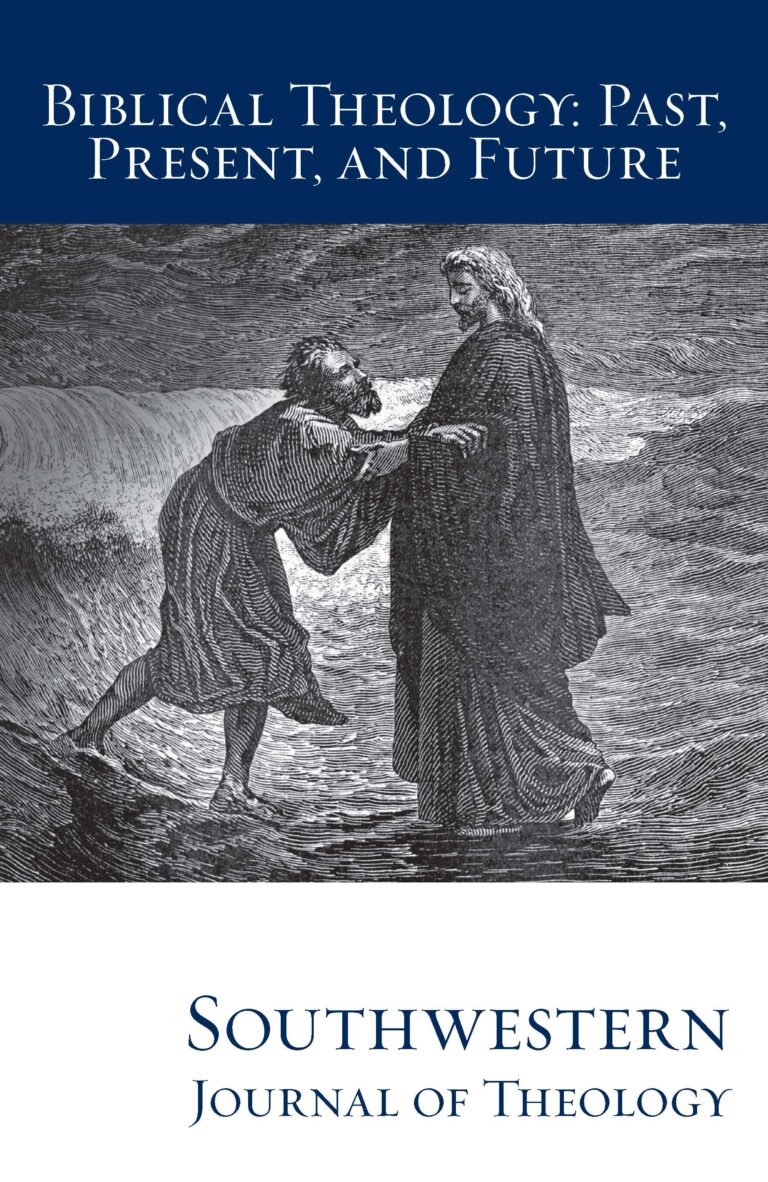
Biblical Theology: Past, Present, and Future (II)
Southwestern Journal of Theology
Volume 56, No. 1 – Fall 2013
Managing Editor: Terry L. Wilder
By Martin M. Culy, Mikeal C. Parsons, and Joshua J. Stigall. Waco, TX: Baylor University Press, 2010. 802 pages. Softcover, $49.95.
A common problem for the serious student of New Testament Greek is the paucity of resources which analyze the Greek text line-by-line. Though commentaries will often cover important grammatical constructions, inevitably the student will find that commentaries and grammars do not answer some grammatical and syntactical questions. This is the conundrum Luke: A Handbook on the Greek Text solves. In this handy, yet solid volume, Martin Culy, Mikeal Parsons, and Joshua Stigall provide a grammatical introduction, translation, and word-by-word analysis of the Greek text of Luke. The book is a tremendous help to Greek students who regularly ask “Why?” of the text.
In the introduction, the authors provide some general analysis of Luke’s grammar, providing brief evaluations of Luke’s use of discourse-level conjunctions, participles, verbal aspect, and word order. This offers the reader preparation for interpreting some of these more difficult features of the Greek language. Perhaps the most important section here is the overview of verbal aspect in Luke. The authors lay out the current debate on aspect, and explain how that research affects the interpretation of Luke. Their main point is that perfective aspect often points toward mainline narrative material, while imperfective aspect points to background narrative material (xxviii). Though the jargon of the discussion could be burdensome for those not versed in this technical debate, it is nice to see that the research is beginning to find its way into reference works such as this. In fact, the entire series is applying recent research. Following Conrad and Pennington’s work on deponency, the series typically sees verbs which are usually viewed as deponents as being true middles (xiii). Some of these technical introductions may be overwhelming for the intermediate student, but more advanced students will find them stimulating and enlightening.
The real meat of the book, however, is the translation and analysis. The authors translate each pericope of Luke, then provide verse-by-verse analysis. The translations are smooth, yet obviously informed by interpretive decisions made in the analysis. Words implied or not included in Greek are placed in parentheses. Following the translation, each verse of the pericope in Greek serves as a heading. Under the heading each word or short phrase of the verse is given and analyzed. Each part is described with regard to relevant morphological and syntactical information, such as tense, lexical meaning, case, verb form, etc., but the authors also offer interpretations of many of these grammatical features. For interpreting the syntax, categories are used like those found in Daniel Wallace’s Greek Grammar Beyond the Basics, though interpretive categories are not given for verb tenses (for more on this see, xi).
The analysis for each word or phrase varies in length, though no entry is longer than a short paragraph. In some cases, readers find simple entries including only parsing information or the interpretation of a case (e.g., subjective genitive), but at other times, the authors provide discourse-level details. For example, regarding Ἐγένετο in 1:8, the authors use half a page to parse the verb and to explain how the verb “introduces ‘the event line’ of the narrative following the background information on Zechariah and Elizabeth” (10). This particular entry refers to several other researchers, offering the reader other opinions and options for further study.
At the back of the book, the authors have included a short glossary of technical terms, a bibliography, a grammar index, and an author index. The glossary is a wonderful aid to those unfamiliar or far removed from intermediate to advanced grammar. Also, the grammar index conveniently provides occurrences of all the grammatical features within Luke, making it a great supplement to the Scripture index of grammar textbooks, like Wallace’s, for finding examples of certain constructions. All of the back matter will be helpful for the inquisitive reader or researcher.
The danger of this book is that it could become a crutch. With so much information on the Greek text, one might not have to think for himself about possible interpretive options. However, this problem is no worse than the problem of using Bible software to parse verbs. The book is what the reader makes of it. If used as a reference for stumping questions, it will guide the reader into further research, but if used it to solve every Greek interpretive problem, one might as well stick to English translation.
I highly recommend this book and series to those seriously interested in Greek and who want to further develop their Greek skills. Some of the technical jargon could be overwhelming for intermediate students, but the main sections of the book would be helpful for anyone from the student to the scholar.





